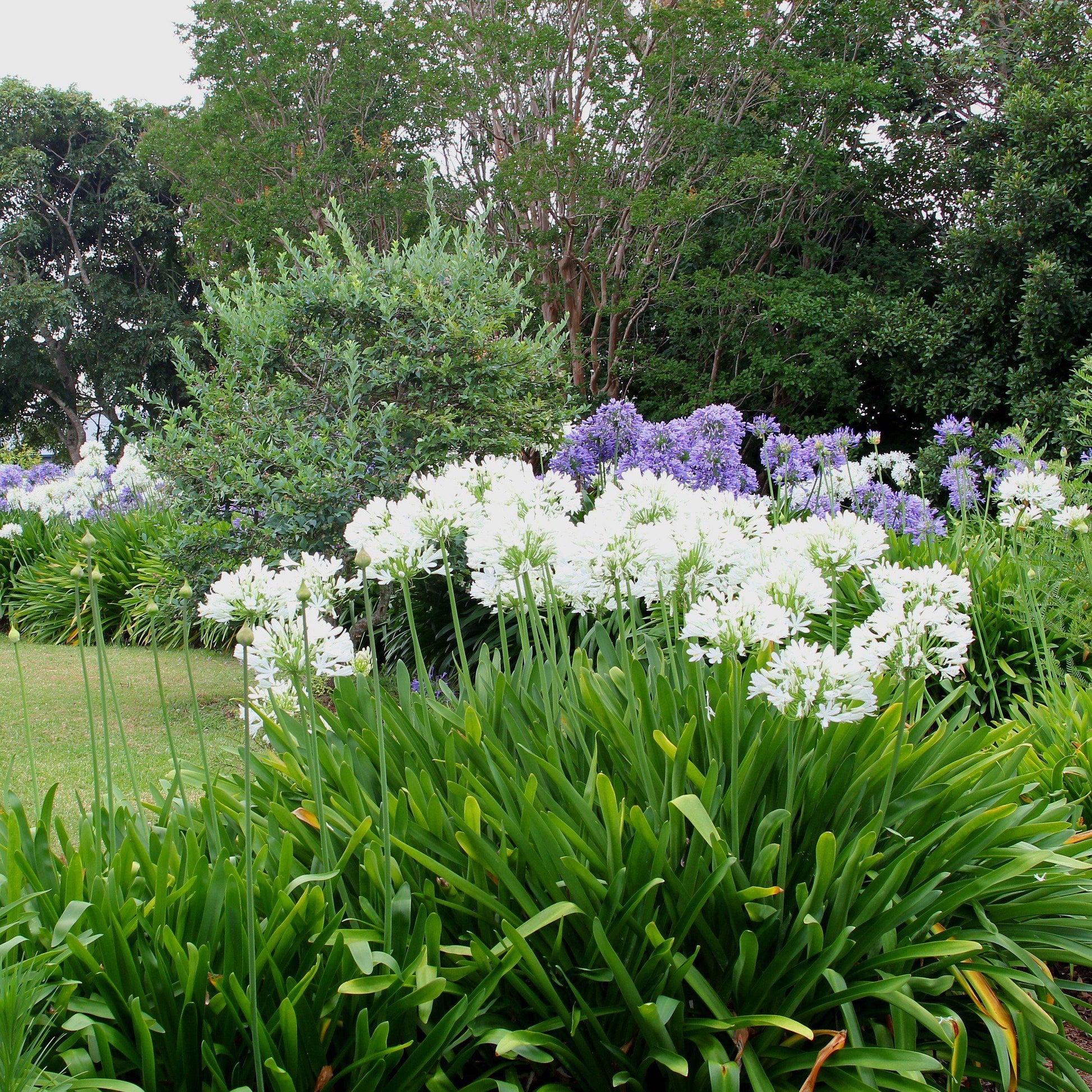Grasping the Art of Agapanthus Treatment: Crucial Actions for Healthy And Balanced Growth and Vivid Blooms
In the realm of horticulture, the cultivation of agapanthus stands as a satisfying venture for those that look for to nurture these classy flowering plants. From picking the right variety to understanding trimming techniques, the journey towards growing flourishing agapanthus plants is diverse and holds the key to opening the complete potential of these organic treasures.
:strip_icc()/snow-storm-agapanthus-18f19b9a-3e7c6c88441b4127a9015f9a9fecec59.jpg)
Choosing the Right Agapanthus Selection

When picking the right Agapanthus range for your yard, take into consideration factors such as environment viability, bloom color, and growth behavior. Agapanthus, generally known as Lily of the Nile or African lily, comes in a selection of colors varying from shades of blue and purple to white. Select a blossom color that matches your existing garden combination to produce a harmonious landscape. In addition, take into consideration the environment in your region to ensure the Agapanthus range you select can grow in your details problems. Some selections are more tolerant of cold temperatures, while others prefer warmer environments. Recognizing the growth behavior of different Agapanthus selections is vital for correct placement within your garden. Some ranges have a clumping development practice, ideal for borders or containers, while others have a more spreading nature, suitable for ground cover or mass growings. By thoroughly examining these factors, you can choose the ideal Agapanthus selection to improve the beauty of your yard.
Suitable Growing Conditions
Considering the optimal ecological requirements is necessary for effective Agapanthus cultivation. Agapanthus grows in well-draining dirt with a somewhat acidic to neutral pH level. When growing, choose a place that receives complete sunshine to partial color. In hotter climates, offering some mid-day color can avoid scorching of the leaves. Agapanthus plants are sensitive to chilly temperatures and must be secured from frost throughout cold weather.
To ensure healthy and balanced growth and lively flowers, plant Agapanthus bulbs at a deepness of about 2-4 inches and room them 8-12 inches apart. Including raw material, such as compost, to the soil can boost water drainage and fertility, advertising robust origin growth. Mulching around the base of the plants aids maintain wetness and reduces weed growth. Regular watering is crucial, specifically during the growing period, to maintain the dirt consistently damp yet not soaked.
Watering and Fertilizing Tips
Preserving appropriate moisture degrees and offering essential nutrients are vital components in the treatment routine for Agapanthus plants. When it comes to watering Agapanthus, it is essential to strike an equilibrium. These plants prefer consistently wet dirt yet are prone to root rot if overwatered.
Feeding Agapanthus is crucial for advertising healthy and balanced growth and prolific flowers. Use site here a well balanced fertilizer, such as a 10-10-10 formula, in the very early springtime as brand-new development arises. Repeat this application every 6-8 weeks throughout the expanding period. Stay clear of too much fertilization, as it can bring about rich foliage at the expenditure of blooms. Constantly comply with the supplier's guidelines for correct dilution and application techniques. By complying with these watering and fertilizing suggestions, you can ensure your Agapanthus plants grow and generate vibrant, durable flowers.
Trimming Strategies for Agapanthus
Pruning Agapanthus plants at the ideal times and with proper methods is essential for preserving their health and advertising optimal development and flowering. The suitable time to trim Agapanthus remains in late winter season or very early springtime before brand-new development arises. Begin by getting rid of any yellowing or dead leaves near the base of the plant. Cut them as close to the ground as possible without harming the emerging shoots.
Deadheading spent flowers can additionally redirect the plant's power into producing more blooms instead than establishing seeds. If you desire to gather seeds for proliferation, leave some blossoms to completely dry and fully grown on the plant.
Bear in mind to use tidy, sharp devices to make specific cuts and reduce the threat of introducing illness. Agapanthus. Regular pruning will certainly aid maintain your Agapanthus looking healthy and cool while making sure a plentiful display of gorgeous blossoms
Taking Care Of Common Parasites and Diseases
After making sure proper trimming techniques for Agapanthus, it is important to resolve usual insects and illness that can affect the health and wellness and vitality of these plants. Agapanthus plants are usually sturdy yet can still succumb certain issues. One usual insect that affects Agapanthus is the Agapanthus gall midge. This tiny, orange fly lays its eggs in the foliage, leading to altered growth and blossom buds that stop working to click site open up. To combat this insect, prune and ruin any type of afflicted plant components and think about utilizing insecticidal soap.
In addition, Agapanthus plants can experience from origin rot if they are grown in inadequately draining pipes soil. By being watchful and taking punctual action against parasites and illness, you can help your Agapanthus plants grow and generate lively blooms. Agapanthus.

Conclusion
To conclude, grasping the art of agapanthus treatment includes picking the appropriate range, supplying perfect growing conditions, appropriate watering and fertilizing, ideal pruning strategies, and resolving usual view publisher site bugs and conditions. By complying with these necessary steps, you can make sure healthy and balanced growth and lively flowers for your agapanthus plants. Bear in mind to regularly keep an eye on and keep your plants to promote their general well-being and durability.
To ensure healthy and balanced growth and vivid blooms, plant Agapanthus bulbs at a depth of about 2-4 inches and room them 8-12 inches apart. By adhering to these watering and feeding suggestions, you can guarantee your Agapanthus plants grow and create lively, long-lasting blooms.
One common insect that impacts Agapanthus is the Agapanthus gall midget. Furthermore, Agapanthus plants can experience from root rot if they are grown in poorly draining dirt. By adhering to these necessary steps, you can guarantee healthy and balanced growth and vibrant blooms for your agapanthus plants.